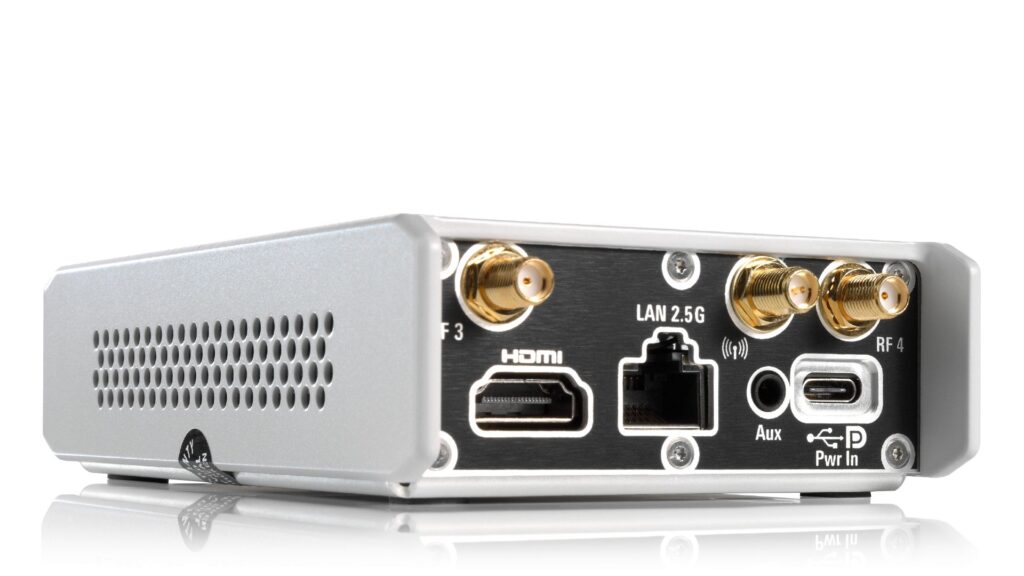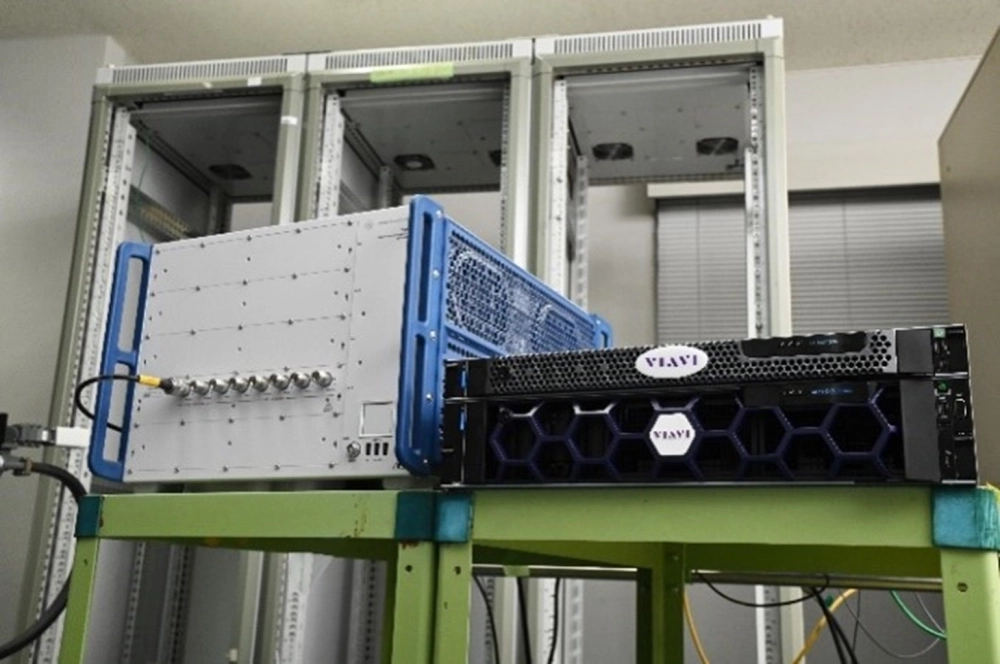Rohde & Schwarz goes deeper into monitoring, and scores an NTN testbed win in Japan with Viavi Solutions
Rohde & Schwarz is broadening its portfolio to include a network monitoring probe, aimed at both mobile network operators and private enterprise and mission-critical networks.
The new R&S LCM Network Performance Monitoring Probe has a compact design and combines a Linux computer with a “high-performance” 4G/5G IoT/eMBB data module and R&S QualiProbe analysis software to provide “real-time, end-to-end network performance visibility,” Rohde & Schwarz said in a release.

The probe also integrates both with other network components and with the Rohde and Schwarz mobile network testing ecosystem, the company said in a release, and multiple units can be easily configured, controlled and monitored.
“We are setting a new benchmark for network performance monitoring with R&S LCM, enabling our customers to ensure the reliability and quality of their business-critical networks and unlock the full potential of 5G and IoT technologies,” said Axel Hansmann, VP of Mobile Network Testing at Rohde & Schwarz. “With R&S LCM, network operators and providers of wireless network infrastructure can achieve a superior and sustainable performance, ensuring reliable private network operation, and gain trust in 5G as a reliable communication system for business-critical use cases.”
In other test news:
–Viavi Solutions this week touted the fact that its testing solutions and technical expertise supported a world-first 800 Gigabit Ethernet (GbE) transatlantic service trial with Windstream Wholesale, Colt Technology Services and Nokia.
The 800G service trial spanned more than 8,500 kilometers of both terrestrial and subsea fiber cable between Chicago, Illinois and London, England. It leveraged Nokia’s Photonic Service Interconnect-Modular (PSI-M) platform.
Viavi’s solutions and expertise were used for extensive pre-deployment assessments of optical modules and network transport equipment, software and components as well as system testing, and for in-service, bi-directional traffic generation at 800G speeds in order to check service stability and that transmissions were error-free.
“We are thrilled to have achieved this groundbreaking milestone in the 800G transatlantic service trial, which underscores Windstream Wholesale’s commitment to pushing the boundaries of optical networking technology,” said Joe Scattareggia, president of Windstream Wholesale, in a statement. “Our collaboration with ViaviSolutions has been instrumental in this success, reflecting our strategic pillar of fostering strong partnerships. Viavi’s expertise and innovative testing solutions have ensured a seamless deployment, allowing us to deliver unprecedented bandwidth capabilities. This trial not only enhances our service offerings but also strengthens our position as a leader in the industry.”
–Viavi Solutions and Rohde & Schwarz recently had a bit of joint news related to non-terrestrial networks: Japan’s SKY Perfect JSAT, which is Japan’s largest TV broadcast provider and also operates a large satellite communications business across Asia, chose the two test companies’ joint Non-Terrestrial Network (NTN) testbed for use in its recently launched “Universal NTN Innovation Lab”, or NTN Lab.
The NTN Lab was just unveiled last month and is located at JSAT’s Yokohama Satellite Control Center. The lan will “serve as a testing hub for the realization of the ‘Universal NTN'”, according to a release, which would rely on GEO and non-GEO satellites as well as High-Altitude Platform Stations (HAPS), stitched together by “technology that enables automatic routing to the optimal communication path.”

“We are excited to deliver validation solutions for SKY Perfect JSAT, to support their ambitions as the largest satellite operator in Asia,” said Jonus Chen, regional VP of North Asia for Viavi Solutions. “We are also pleased that our partnership with Rohde & Schwarz on the NTN testbed is fulfilling operator requirements for critical testing of satellite and HAPS networks and the traffic that runs across them.”
–Spirent Communications announced this week that it has landed a win with an unnamed “leading AI-focused hyperscaler” that will be using Spirent’s solutions for testing and assuring its 800G Ethernet fabric to support for artificial intelligence workloads.
“Artificial Intelligence is transforming the industry and this hyperscaler is leader in building the next generation public cloud for enabling large scale AI workloads,” said Aniket Khosla, Spirent’s VP of Wireline Product Management, in a statement. “At Spirent we understand the challenges that come with building sustainable AI data center networks and supporting high-performance compute use cases, and we’re excited to support leading industry players as they address the performance demands of advanced AI applications.”
–Samsung got permission from the Federal Communications Commission this week to do some testing of multi-user MIMO in the 7-8 GHz range.
–Fluke Networks has added testing and troubleshooting capabilities for Wi-Fi 6E to its LinkIQ Duo cable and Wi-Fi tester.
-A new report from TechNavio estimates that the 5G test equipment market will see a compound annual growth rate of more than 8% per year through 2028, reaching more than $605 million by the end of the forecast period. The market is being driven by demand for more network capacity and connected services, the analysis firm said.
-ICYMI: The 37 GHz band represents a new opportunity to develop a spectrum-sharing model for federal and non-federal uses, according to a new report from the National Telecommunications and Information Administration (NTIA). The 37 GHz band is one of the sections of spectrum that were identified in the National Spectrum Strategy (and the subsequent implementation plan, released earlier this year) as a pipeline of spectrum to study with an eye toward opening up additional spectrum for various uses. Read more details in RCR’s coverage here.

